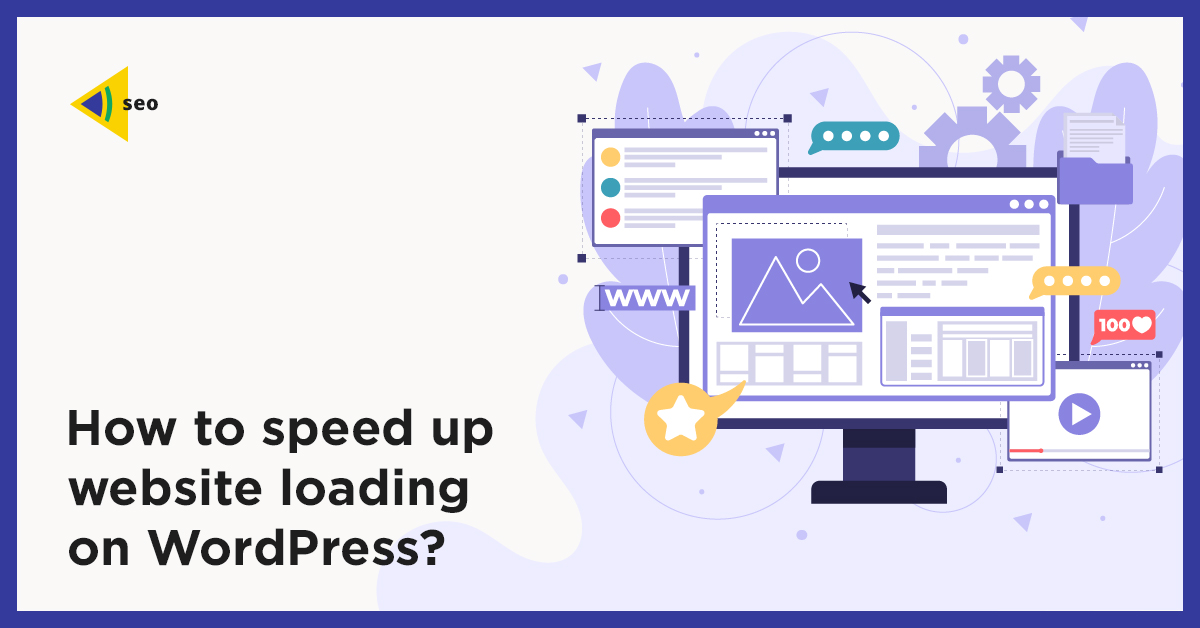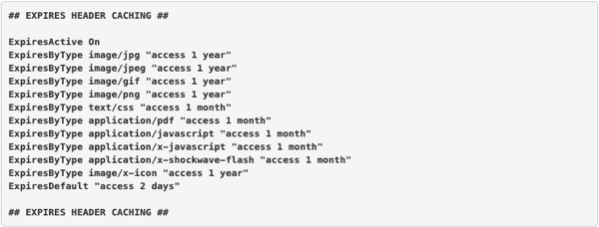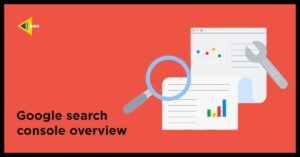
How to speed up website loading on WordPress?
Every year our life is gaining momentum. Humanity, with the help of technology, manages to do more actions in the minimum amount of time. This is actively assisted by more powerful computers and smartphones, faster Internet and the availability of information that it gives us. As a result, the user, who is used to receiving information almost instantly, will not wait until the site with the necessary information is loaded. It will simply go to another resource. Given that more than 70% of the sites in the world are made on the WordPress CMS, the question of increasing the site loading speed within this “engine” is very relevant.
CHOOSING A HOSTING SERVICE FOR YOUR SITE
The first thing to consider when optimizing the site speed on WordPress is the choice of hosting where your site files will be stored. The server on which the site is located should use faster SSD drives, and the server response speed should not exceed 200 milliseconds.
CONTENT CACHING
After choosing a good hosting service, you need to connect and configure caching of content on the site. That is, the browser of the user who visited your site will download the content locally when he visits the site again and not from the server. Due to caching, the download speed will increase many times.
TOP plugins for WP to configure caching:
If there is no desire or opportunity to “mess around” with plugins for caching, then you can speed up the site on WordPress by connecting caching manually via a file .htaccess. The sample code is shown in the screenshot below.

Optimize the site code. Reduce unnecessary CSS and JS
To optimize the loading speed of the WP site, you need to remove extra spaces, new lines, comments, HTML block markup in JavaScript and CSS files.
Of course, comments and special markup make it easier for the developer to work, but it overloads files with extra characters that the browser needs to process. Better to remove them all.
Also, do not immediately connect all the libraries in the JS files and use 1-2 of them, connect only what is necessary.
Important! Configure asynchronous loading of JS scripts and, if possible, make delayed loading of JS of third-party web analytics services.
Optimizing CSS and JS is quite a time-consuming and complex process and there is a danger of disrupting the site, approach this process wisely.
IMAGE OPTIMIZATION TO INCREASE THE LOADING SPEED OF THE WP SITE
It can take a very long time for the browser to load images from the site, it is recommended to use compressed “lightweight” images for the content.
To optimize the current images, use:
You can also connect plugins to optimize images on WordPress:
- WP Smush
- Imagify Image Optimizer
- Optimus – WordPress Image Optimizer
- ShortPixel Image Optimizer
- EWWW Image Optimizer
You can also get a link to the optimized images in the Google Speed Test.
OPTIMIZING THE STRUCTURE OF THE HTML CODE OF THE WP SITE AND ENABLING GZIP COMPRESSION
For the frequent request of the user, the browser gives him the non-compressed HTML code of the site, and loading the non-optimized page structure takes much longer. To increase the speed of loading a site made on Worpress, you can use the W3 Total Cache plugin.
You can also optimize the structure of HTML code by using a file .htaccess. To do this, you can use the following plugins:
You can check the results on the website http://checkgzipcompression.com/
OPTIMIZATION OF THE DATABASE ON THE WORDPRESS SITE
When creating each new page of the site, all the information is automatically saved in the database. As the site develops, the database grows at an arithmetic progression. In order for the site to load as quickly as possible, regularly clean up unnecessary drafts, comments, pages in the trash and other unnecessary junk.
To optimize the database, you can connect the following plugins:
CONNECT A CDN (CONTENT DELIVERY NETWORK)
In order for users to have more or less the same download speed, regardless of the country in which they are located, you need to connect a CDN (content delivery network) — these are servers scattered around the world that quickly transfer static content to locally located users.
And as usual, there is a ready-made plugin for WordPress — W3 Total Cache.
REDUCE THE NUMBER OF COPIES OF POSTS DISPLAYED IN THE SITE CONTENT
As I wrote earlier, the number of copies of the same post in the database can reduce the loading speed of the site. To do this, it is necessary to limit the number of copies that can be saved by default.
You can do this by making edits in the “configs” — wp-config.php. You need to enter the following code line: define (‘WP_POST_REVISIONS’, 5 ) – this is a limit for up to 5 copies. If you need to disable copies in the database, then enter the following code line: define (‘WP_POST_REVISIONS’, false).
DISABLE NOTIFICATIONS ABOUT REFERRING SITES – TRACKBACKS AND PINGBACKS.
A large number of backlinks can have a good effect on the SEO promotion of a site, but oddly enough, it can affect the loading speed of a site on WordPress. The fact is that if there are links to your site placed on other sites, the WP site tries to get a notification and these notifications can overload the database. It is recommended to disable this function in the Discussion Settings.
PAGES WITH COMMENTS AND REVIEWS
Despite the fact that Google and Yandex search engines “love” User Generated Content — a large number of reviews on one page can affect the loading speed of the website made on WordPress. It is recommended to break down the comments of the pagination mentor. You can do this in the WP settings.
So, the main points for optimizing the site loading speed on WordPress are as follows:
- Choosing a hosting service for your site
- Content caching
- Optimize the site code. Reduce unnecessary CSS and JS
- IMAGE OPTIMIZATION TO INCREASE THE LOADING SPEED OF THE WP SITE
- OPTIMIZING THE STRUCTURE OF THE HTML CODE OF THE WP SITE AND ENABLING GZIP COMPRESSION
- CONNECT A CDN (CONTENT DELIVERY NETWORK)
- Reduce the number of copies of posts displayed in the site content
- Optimization of pages with comments and reviews
Small life hacks regarding what else can be done to increase the speed of the WordPress site
- Change hosting, providers periodically;
- Not to download video content directly from the site but better use iframe and pull up videos from video hosting sites;
- Exclude unnecessary redirects and remove the pages with the server response 302 and 302 from interlinking;
- Remove all non-use plagins;
The implementation of these recommendations will allow you to achieve high rates of site loading speed and, as a result, better SEO optimization of the site.




